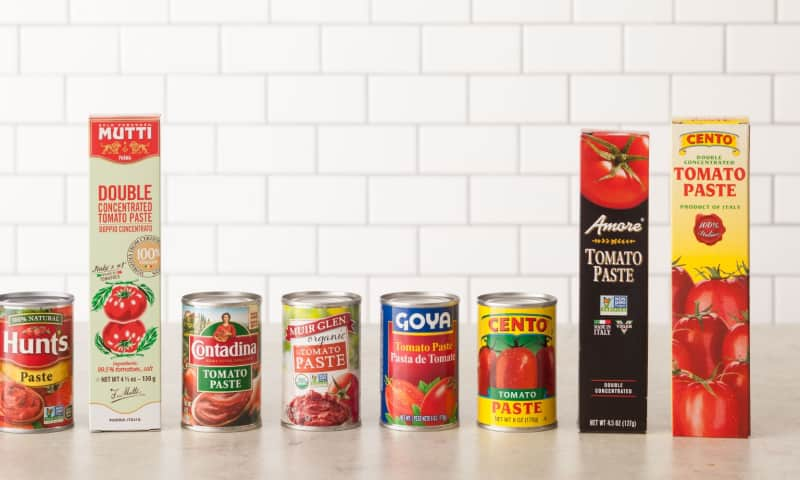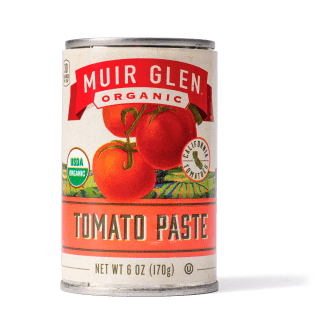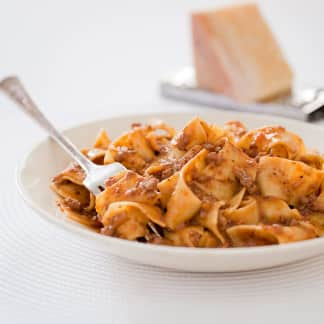Once harvested, the tomatoes are transported to a processing facility, washed, and sorted. Aaron Giampietro, a commercial director at the largest tomato processor in the world, Morning Star Packing Company, said the company’s three California factories sort the tomatoes both manually and electronically. The electronic sorter uses a high-speed camera that takes photos of everything coming across a conveyor belt and decides whether it should be there. If it’s, say, a leaf or a stem, a machine activates a lever down the line to discard the item.
After sorting, the tomatoes are ground into a pulpy mash and cooked. Here, the American and Italian processing methods for making tomato paste diverge. American paste is heated according to the hot-break method, which brings the temperature of the paste to around 200 degrees Fahrenheit; Italian paste manufacturers use the cold-break method, heating the paste to about 150 degrees. The processing temperature affects the final taste, color, and texture of tomato paste. A higher temperature darkens and caramelizes paste and deactivates enzymes that would normally break down the fruit’s firming pectin, so the paste stays thicker. The cold-break method, with its lower temperature, yields paste that is looser, brighter red, and fresher-tasting.
Next, the paste is spun at high speed to separate out the pulp and seeds. Then, the remaining tomato juice is pumped into evaporation tanks, which drive off the water. The Italian pastes in our lineup are billed as “double-concentrated”—meaning they’re evaporated for longer—though single- and triple-concentrated pastes are also sold in Italy. Most of the Italian pastes have salt added, and most of the American pastes contain citric acid to ensure that the paste’s pH is low enough so it can be safely canned for long periods of time. Finally, the paste is packaged for sale.














